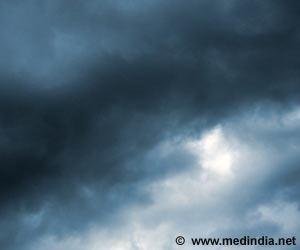A new study indicates that Nitrogen pollution is one of the reasons for environmental pollution.
A new study indicates that Nitrogen pollution is one of the reasons for environmental pollution. Chronic levels of nitrogen pollution have long term effect and even low levels can affect the environment seriously.
What the research team has shown is that even very low levels of nitrogen can affect diversity.Their study looked at levels of nitrogen pollution as low as 10 kilograms per hectare per year, on top of the ambient background level of 6 kilograms per hectare per year in this area. That's a level of pollution typical of much of the industrial world.
"We saw that these very low rates of nitrogen deposition were having a cumulative effect very similar to the shorter-term effects seen at higher levels," said Tilman.
The team found no threshold at which added nitrogen did not affect plant diversity.
"Low rates of nitrogen deposition matter much more than everyone thought," said Tilman.
The study also revealed that more than 20 years of slow, chronic deposition of nitrogen has cut the number of plant species by 17% compared with control plots not exposed to extra nitrogen.
Advertisement
Because nitrogen boosts plant growth, nitrogen-based fertilizers have been developed to enable people to grow much more food.
Advertisement
Heavy doses of nitrogen are known to have a big effect on landscapes: it frees up plants previously limited by the scarcity of the element to grow more vigorously, often at the expense of others.
“As nitrogen-thrifty plants are overwhelmed by the ‘faster-growing weedier things’ in the area, the number of species in an area drops,” said David Tilman of the University of Minnesota in Saint Paul.
“As the nitrogen released by factories and automobiles in one area of the country is carried by the wind to far-flung places, virtually every place in the world now receive elevated nitrogen due to air pollution," said Katharine Suding, an ecologist at the University of California, Irvine.
“The new work indicates that we can expect losses to grow worse and worse over time as nitrogen accumulates unless we enact policies to curb the rise of nitrogen deposition," she added.
Source-ANI
CGP/K





